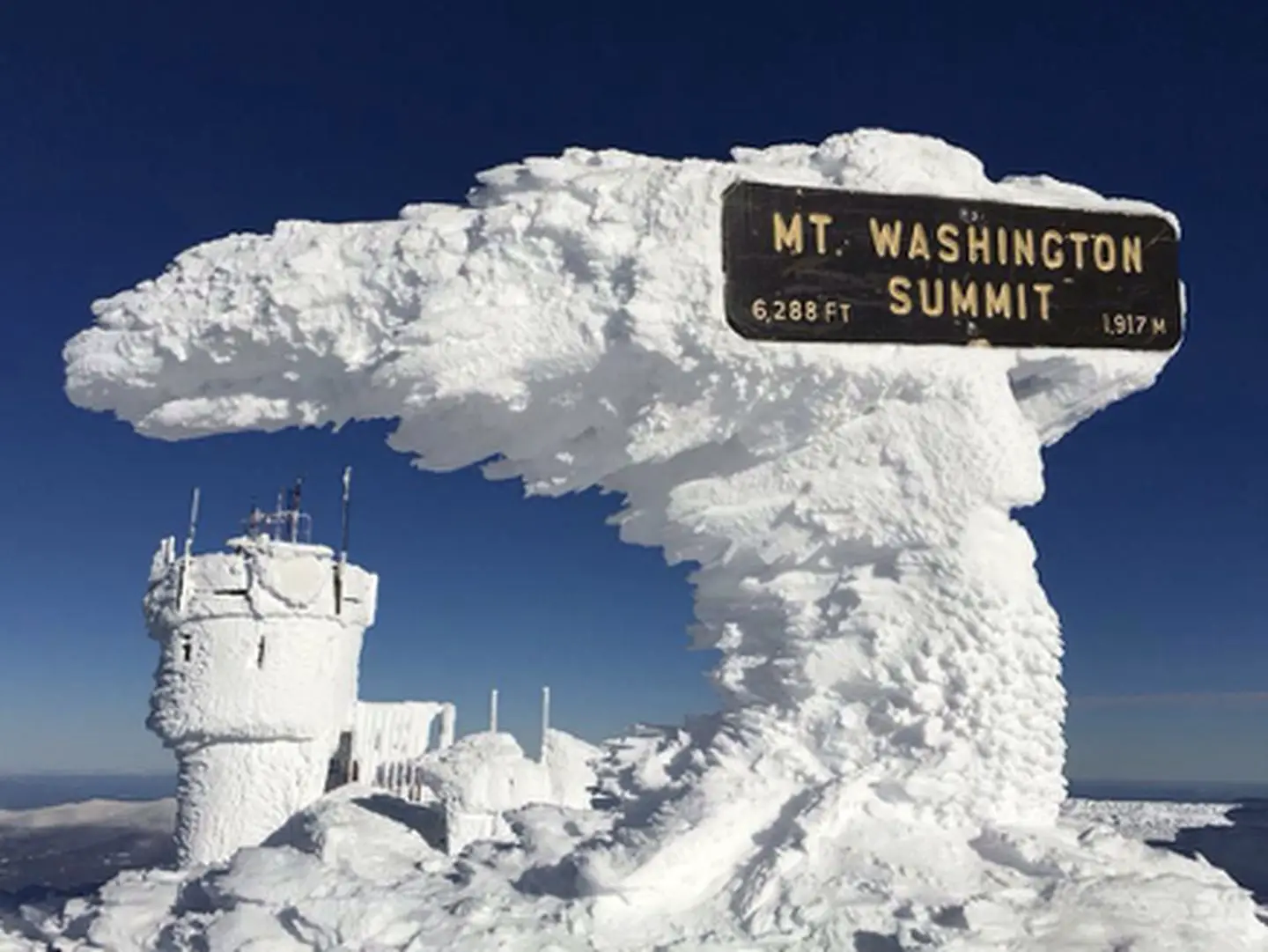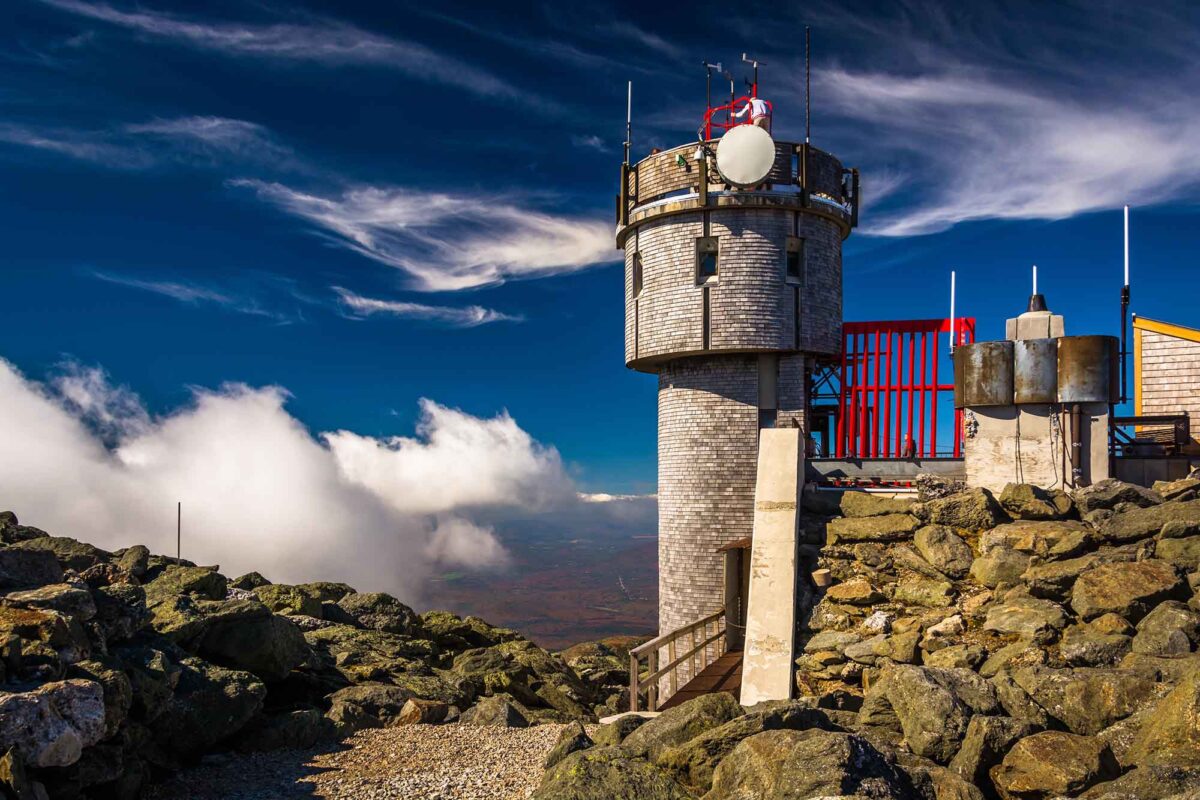The World’s Windiest Place: Where The Gales Roar
When it comes to natural phenomena, few can rival the sheer power and ferocity of wind. Among the many regions across the globe, some stand out due to their incredibly high wind speeds, making them contenders for the title of the windiest place. These unique locations not only offer breathtaking views and experiences but also present challenges that can test even the most seasoned adventurers. As we delve into the world of extreme winds, we will explore where these gales howl the loudest and what makes them so remarkable.
For those captivated by the raw strength of nature, understanding the windiest places on Earth can be both thrilling and educational. In this article, we will take you on a journey to discover the geographical and climatic factors that contribute to these extreme wind conditions. Furthermore, we will highlight the impact of these winds on the environment and the lives of those who inhabit these regions. Get ready to be swept away by the awe-inspiring power of the wind!
Join us as we navigate through the most notorious windy locations, shedding light on their unique characteristics and significance. From towering cliffs to vast plains, each place has its own story to tell. So, buckle up and prepare for a whirlwind adventure as we uncover the secrets of the windiest places on Earth!
- How Old Was Jennifer Gray In Dirty Dancing
- Who Does Joey The Bachelor Choose
- Where Does Jana Love Island Live
- The Big Bang Theory Tv Show
- Capricorn Man Obsessed With Scorpio Woman
What Defines the Windiest Place?
To identify the windiest place, we must first understand what constitutes extreme wind. Wind speed is measured in miles per hour (mph) or kilometers per hour (km/h), and the windiest locations typically experience sustained winds that can exceed 50 mph (80 km/h) regularly. Factors that contribute to high wind speeds include geography, altitude, and atmospheric conditions.
Where is the Windiest Place in the World?
The title of the windiest place in the world is often attributed to *Port Stanley*, the capital of the Falkland Islands. This remote location experiences an average wind speed of around 25 mph (40 km/h) year-round, with gusts that can reach up to 100 mph (160 km/h). The island's geographical features, including its exposure to the Southern Ocean, play a significant role in the intensity of the winds.
What Other Places Claim the Title of Windiest Place?
- Mount Washington, New Hampshire: Known for its extreme weather conditions, Mount Washington holds the record for the highest wind gust ever recorded at 231 mph (372 km/h) in 1934.
- Wellington, New Zealand: With an average wind speed of 16 mph (25 km/h), Wellington is often referred to as "Windy Wellington" due to its frequent and strong gales.
- Barrow Island, Australia: This location experiences average wind speeds of 22 mph (35 km/h) and is often buffeted by cyclonic winds.
What Are the Effects of High Winds on the Environment?
High winds can have significant impacts on the environment, including erosion, changes to ecosystems, and even the formation of unique geological features. In coastal regions, strong winds can lead to severe beach erosion and changes in sediment distribution. In forests, high winds can uproot trees, leading to changes in habitat and biodiversity.
- Taylor Swift Grammy Awards 2013
- Taylor Swift In Deadpool 3
- How Do I Get A Free Upgrade On Flights
- Megan Fox Kids Transitioning
- Good Lightweight Vacuum Cleaners
How Do Winds Affect Human Life in the Windiest Places?
Living in some of the windiest places poses unique challenges for residents. In Port Stanley, for example, the wind can disrupt transportation, affect daily activities, and even pose hazards during storms. Buildings and infrastructure must be designed to withstand the relentless gales, which can lead to increased construction costs.
What Activities Can Be Enjoyed in Windy Locations?
Despite the challenges posed by high winds, many activities thrive in these gusty environments. Here are some popular activities enjoyed in the windiest places:
- Kiteboarding: The strong winds provide ideal conditions for kiteboarding enthusiasts.
- Wind Surfing: Experienced wind surfers flock to windy beaches to take advantage of the conditions.
- Bird Watching: Certain bird species, such as albatrosses, thrive in windy locations, offering great opportunities for bird watching.
Can High Winds Be Dangerous?
Indeed, high winds can pose significant risks, including flying debris, downed power lines, and hazardous travel conditions. Storms featuring high winds can lead to severe weather events, including tornadoes and hurricanes, which can have devastating effects on communities and ecosystems. Residents and visitors in windy areas must always stay informed about weather conditions and be prepared for sudden changes.
What Measures Can Be Taken to Stay Safe in Windiest Places?
Staying safe in the windiest places requires awareness and preparation. Here are some essential safety tips:
- Stay Indoors: During extreme wind events, it is best to stay indoors and secure windows and doors.
- Avoid Travel: Limit travel during high-wind conditions to reduce the risk of accidents.
- Secure Outdoor Items: Bring in or secure outdoor furniture, decorations, and tools that could become projectiles.
Conclusion: Embracing the Windy Challenge
Exploring the windiest places on Earth offers a unique glimpse into the power of nature. While these regions may present challenges, they also provide thrilling opportunities for adventure and exploration. Whether it's the fierce winds of Port Stanley or the breathtaking gusts atop Mount Washington, these locations remind us of the awe-inspiring forces that shape our planet. So, the next time you find yourself in a windy place, take a moment to appreciate the beauty and power of the winds that surround you!
Article Recommendations
- Neil Degrasse Tyson Young
- Good Lightweight Vacuum Cleaners
- Why Was Family Guy Canceled
- Tokyo Toni Real Name
- When Did Ava Wood Die

:max_bytes(150000):strip_icc()/wind-farm-near-ardrossan--scotland-128112779-87503c8b7fbf4b3f81ef05f098ea5cfc.jpg)

Detail Author:
- Name : Prof. Lue Veum I
- Username : monserrate.kub
- Email : reid33@bednar.com
- Birthdate : 1981-11-11
- Address : 964 Wolf Creek North Jayson, VA 72884
- Phone : 559.645.8083
- Company : Bruen LLC
- Job : Stone Cutter
- Bio : Quo ratione occaecati doloremque sit. Vitae voluptatum quo iure nisi corrupti iure vero. Excepturi quia illum quia ab reprehenderit.
Socials
linkedin:
- url : https://linkedin.com/in/rosiefunk
- username : rosiefunk
- bio : Assumenda rerum error eum qui dolor error.
- followers : 4930
- following : 835
facebook:
- url : https://facebook.com/funk1975
- username : funk1975
- bio : Id sint cupiditate quis et facere dolorum maiores.
- followers : 3261
- following : 983